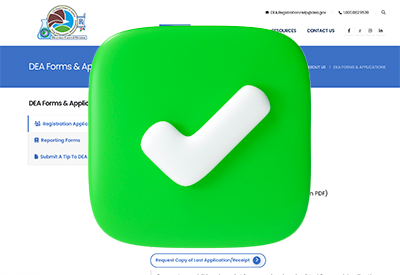Addiction Treatment
METHADONE Methadose Fact Sheet
February 28, 2024
How to Discuss and Initiate Buprenorphine
February 28, 2024
Clinical Opiate Withdrawal Scale
February 28, 2024
How to Manage Methadone
February 28, 2024
How to Use Sublocade and Brixadi
February 28, 2024
METHADONE Methadose Fact Sheet for Patients
February 28, 2024
Xylazine
February 28, 2024
How to Educate Your Patients About Overdose Prevention
February 28, 2024

_-The-Breakthrough-Antipsychotic-That-Could-Change-Everything.jpg?1729528747)



